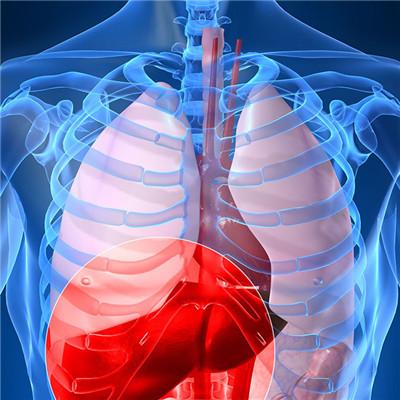Initial symptoms of h7n9 infection?
summary
H7n9 avian influenza is a new type of avian influenza, which was first found in Shanghai and Anhui at the end of March 2013. H7n9 avian influenza is a new subtype of influenza virus found for the first time in the world. It has not been included in the National Notifiable Infectious Disease Monitoring and reporting system, and no vaccine has been launched until early April 2013. Fever and other symptoms appeared in the early stage of infection by the virus. Until April 2013, it has not been confirmed whether the virus has the characteristics of human to human transmission. If any abnormality is found, please see a doctor in time. Initial symptoms of h7n9 infection? Let's talk about it.
Initial symptoms of h7n9 infection?
1、 General manifestations: patients usually present with influenza like symptoms, such as fever, cough, less sputum, headache, muscle soreness and general discomfort. Severe patients developed rapidly, manifested as severe pneumonia, body temperature mostly continued above 39 ℃, dyspnea, hemoptysis and sputum; Acute respiratory distress syndrome, mediastinal emphysema, sepsis, shock, disturbance of consciousness and acute kidney injury can be rapidly developed.

2、 Laboratory examination 1. Blood routine. The total number of white blood cells is generally not high or low. Most of the severe patients had leukopenia, lymphopenia and thrombocytopenia. 2. Blood biochemical examination. In most cases, creatine kinase, lactate dehydrogenase, aspartate aminotransferase, alanine aminotransferase, C-reactive protein and myoglobin were increased. 3. Pathogen detection( 1) Nucleic acid detection. Real time PCR (or RT-PCR) was used to detect the nucleic acid of h7n9 avian influenza virus in respiratory tract samples (such as nasopharyngeal secretions, oral gargles, tracheal aspirates or respiratory epithelial cells)( 2) Virus isolation. H7n9 avian influenza virus was isolated from respiratory tract specimens of patients.

3、 Patients with pneumonia on chest imaging showed patchy images in the lung. In severe patients, the lesions progressed rapidly, showing multiple ground glass opacity and pulmonary consolidation in both lungs, with a small amount of pleural effusion. When ARDS occurs, the lesions are widely distributed.

matters needing attention
The prognosis of severe patients infected with h7n9 avian influenza is poor. The prognostic factors may include age, underlying diseases and complications.














